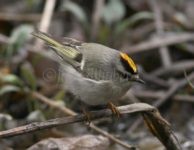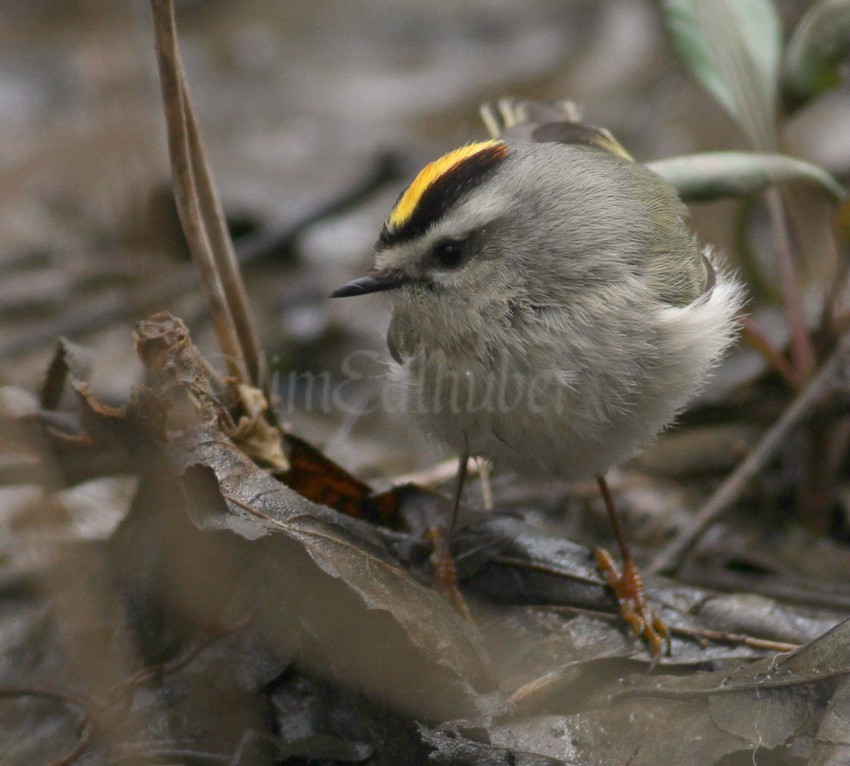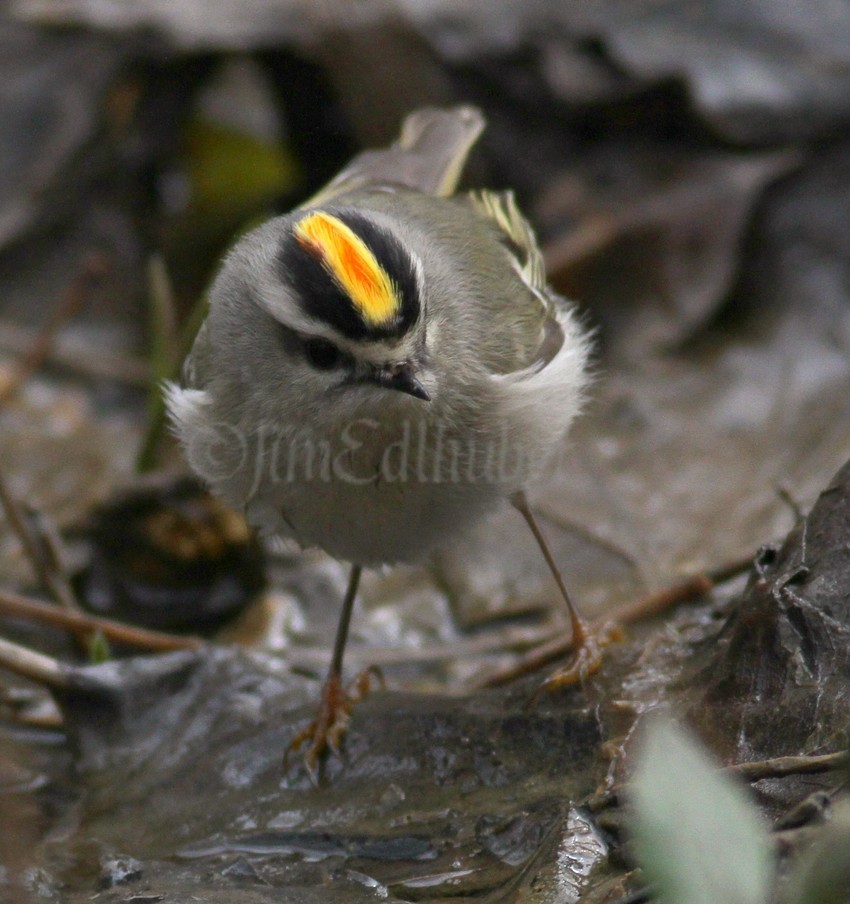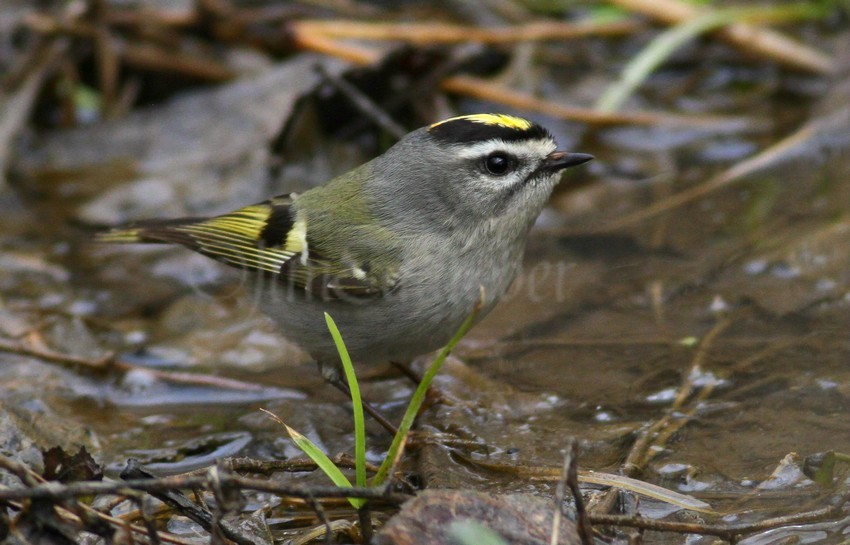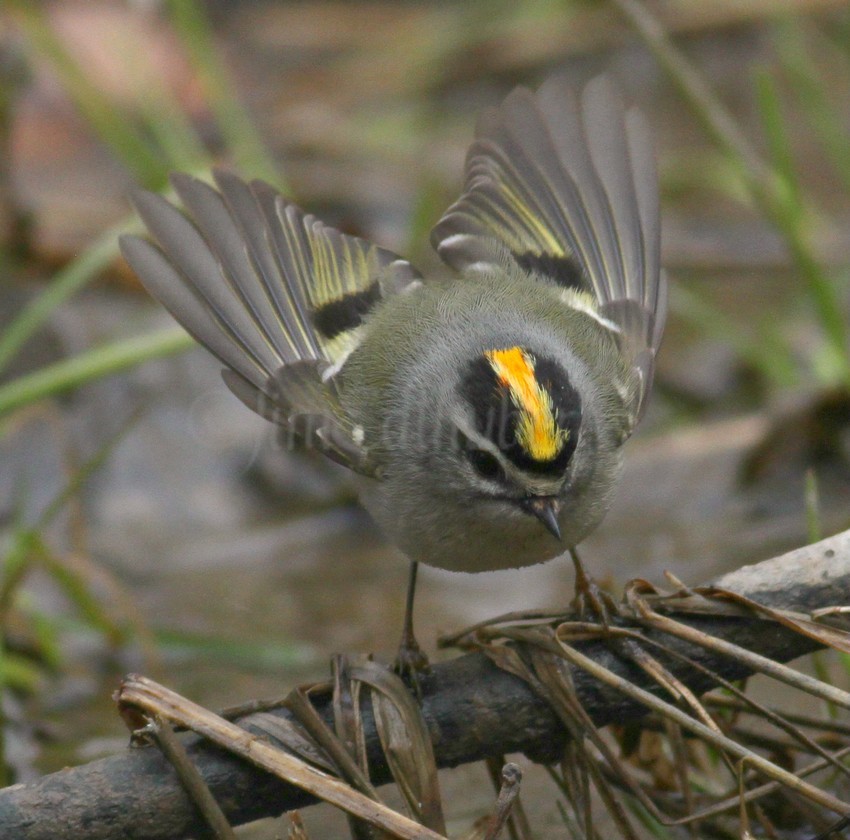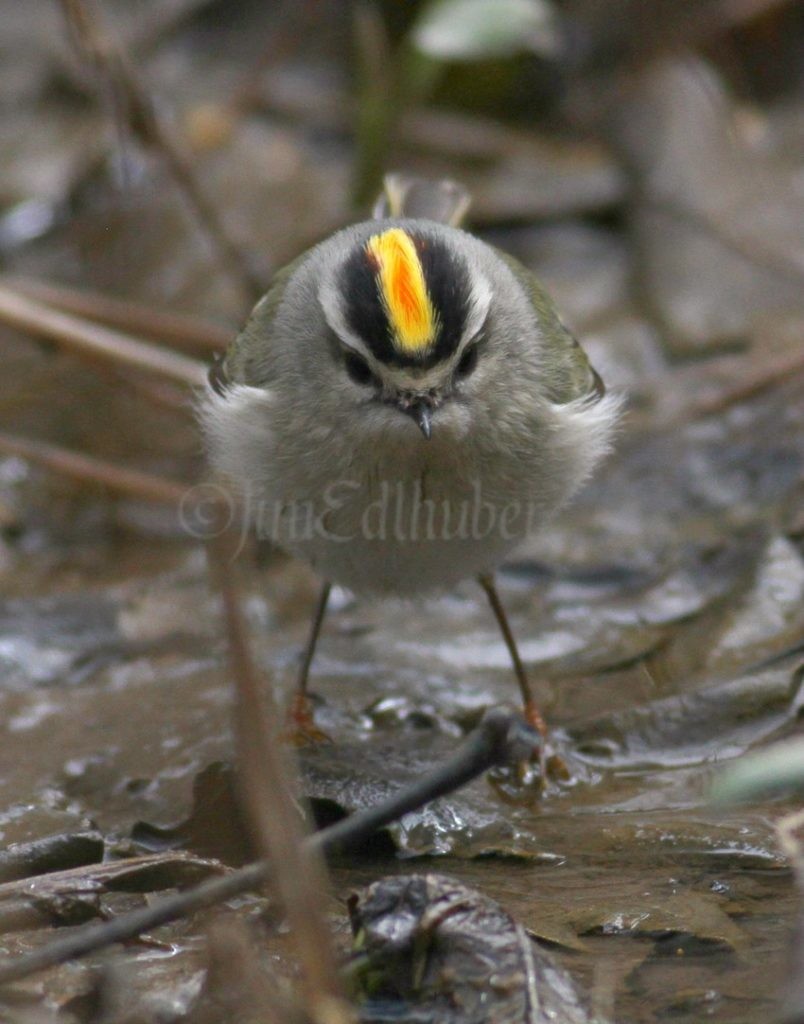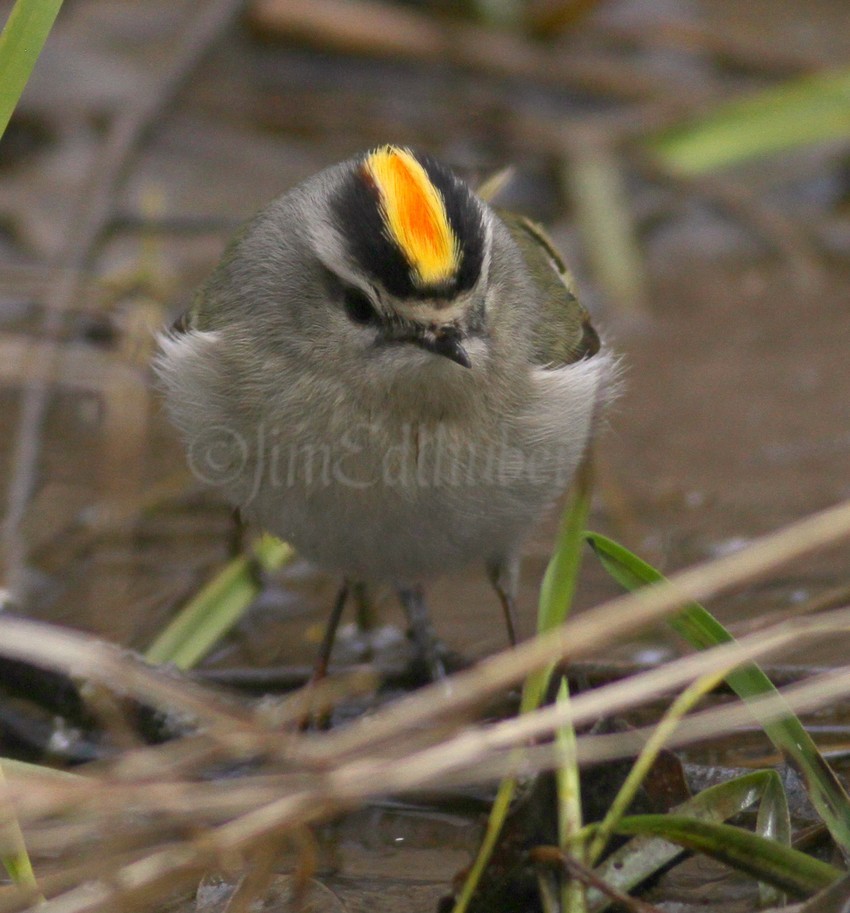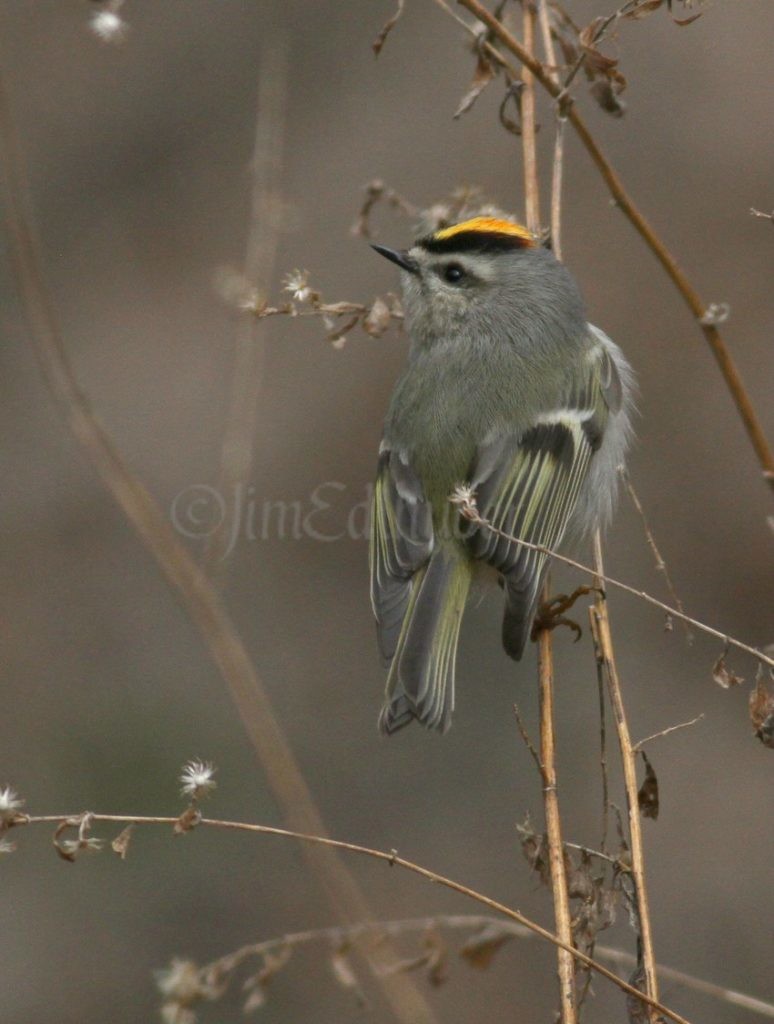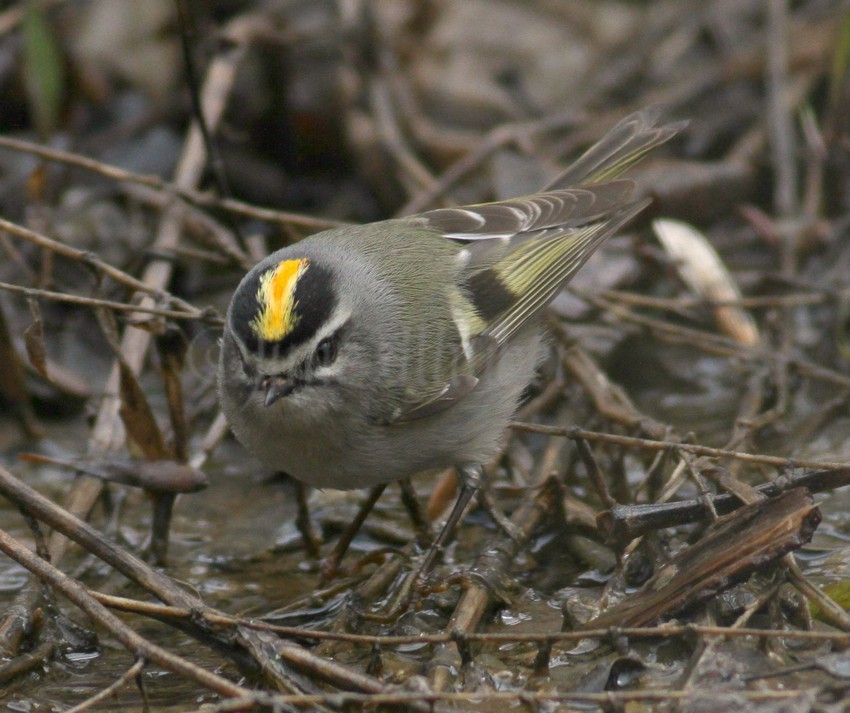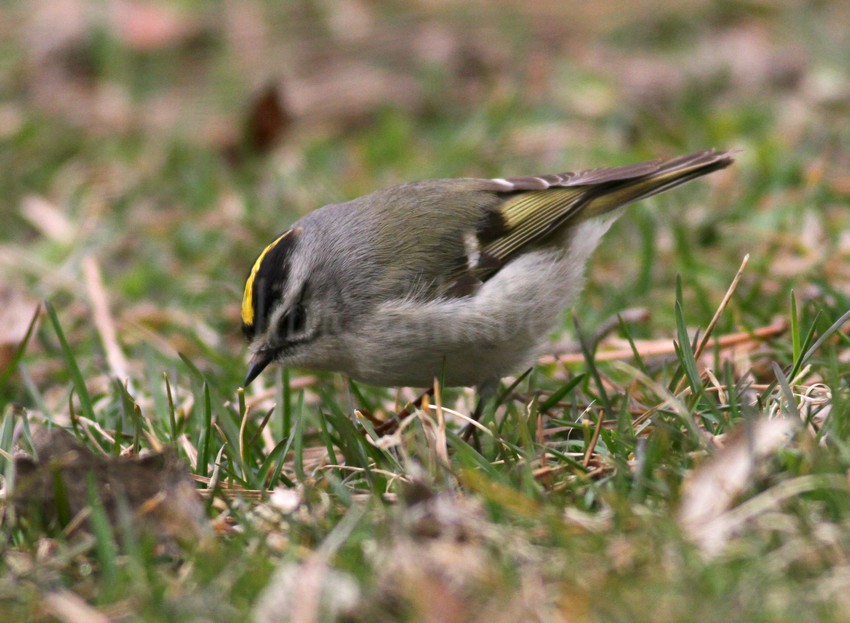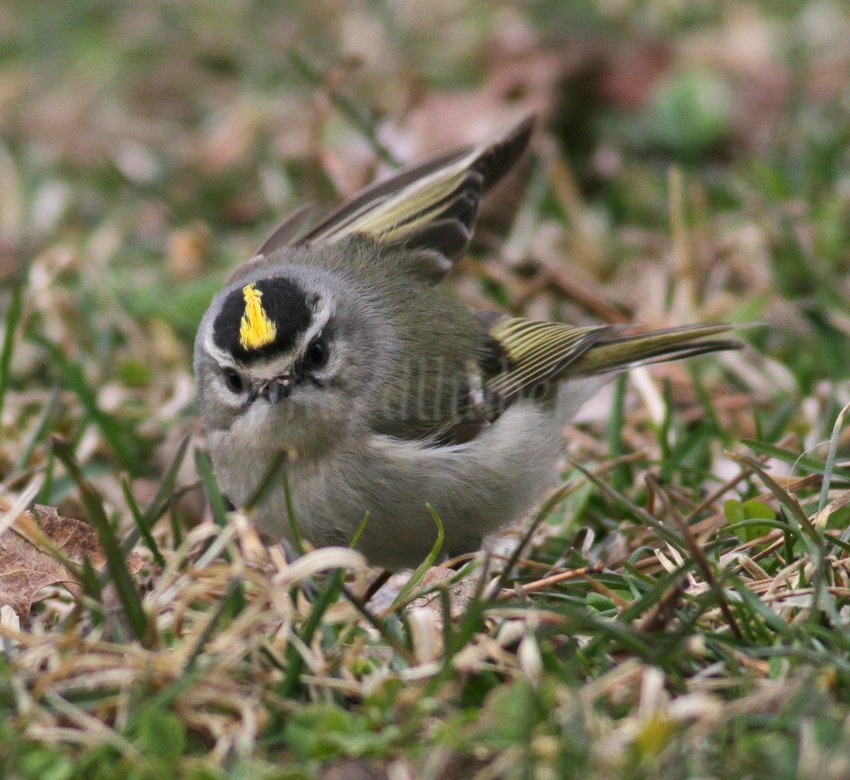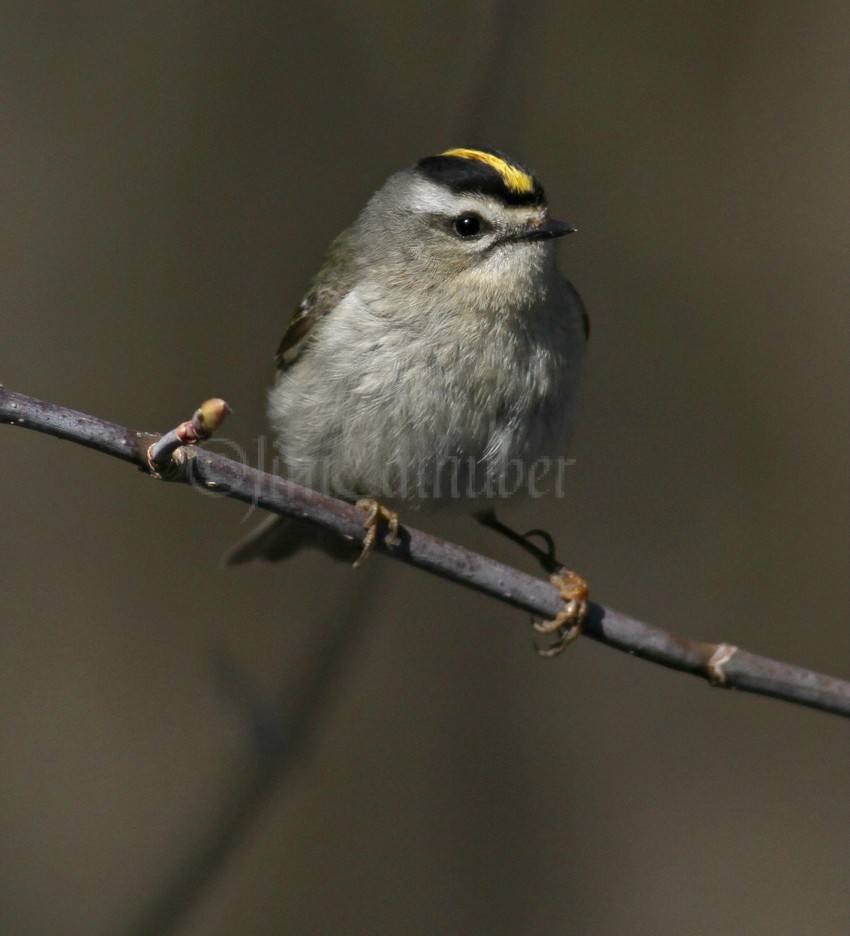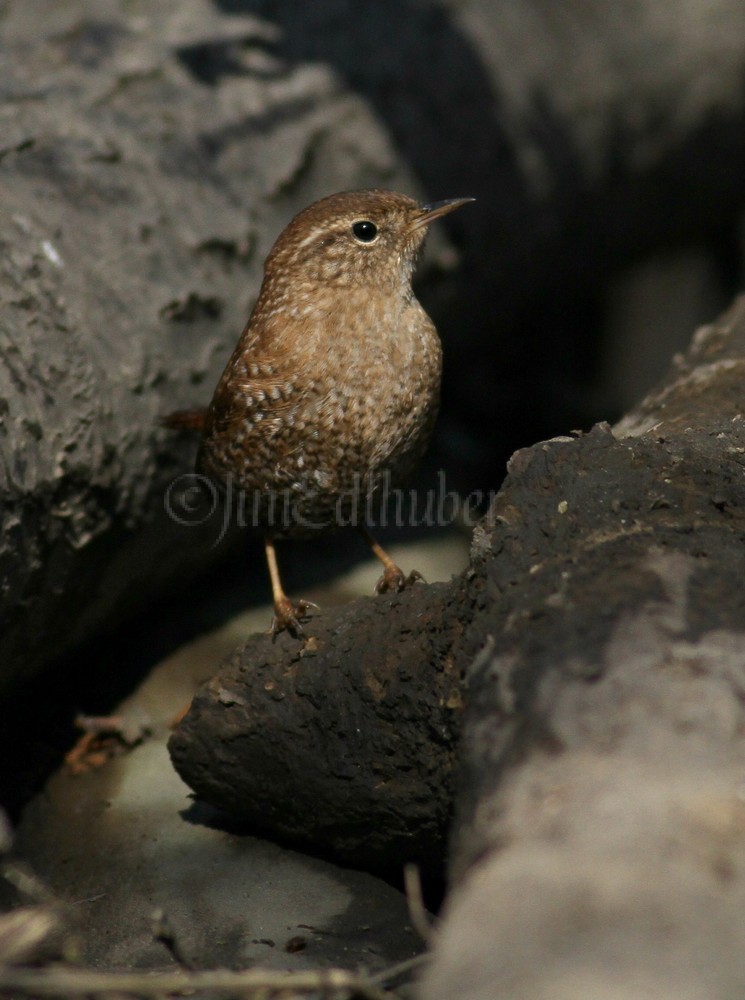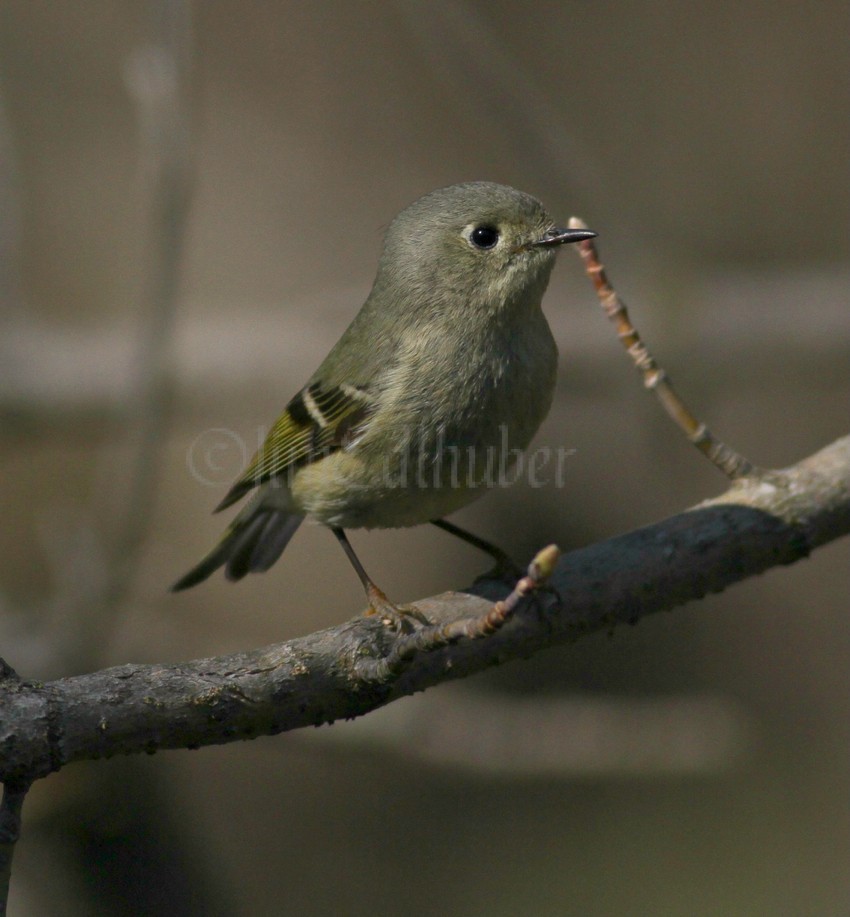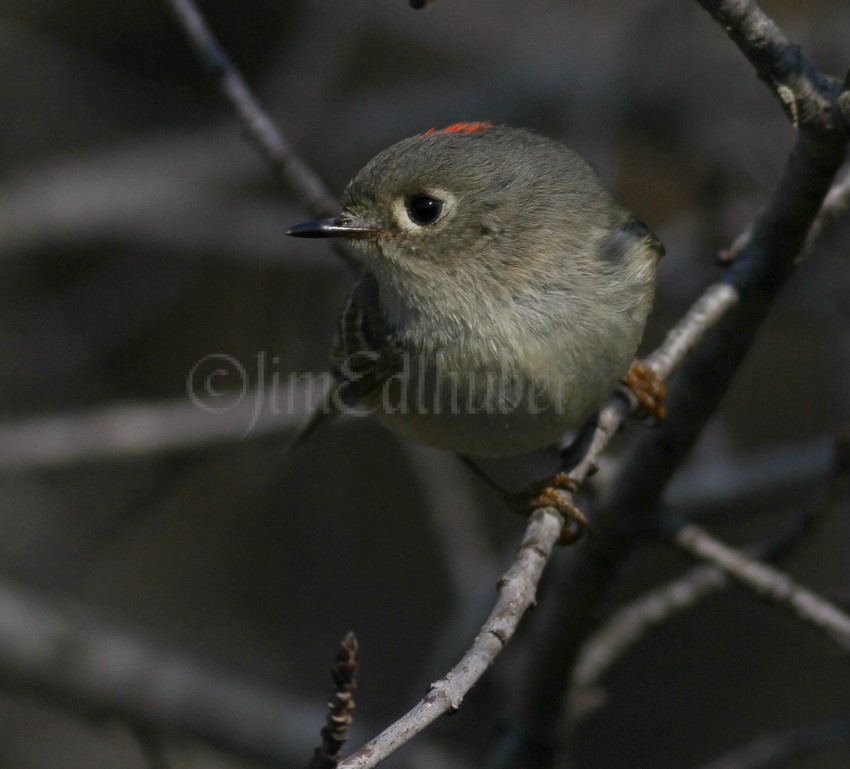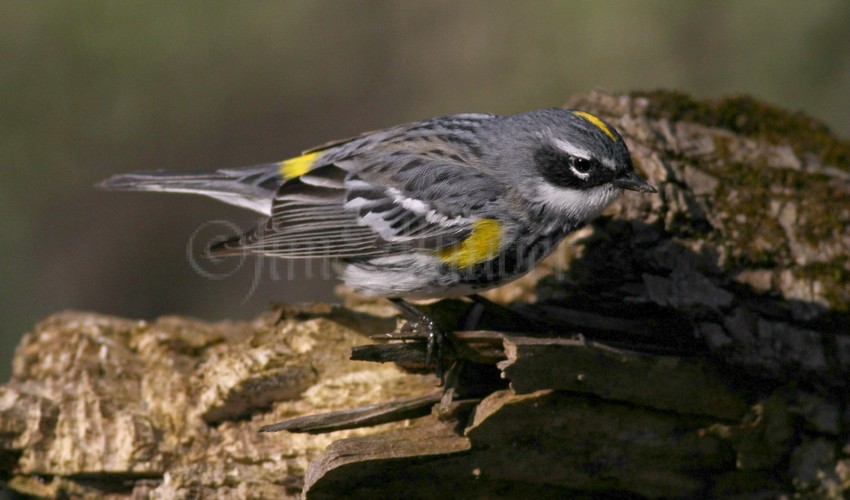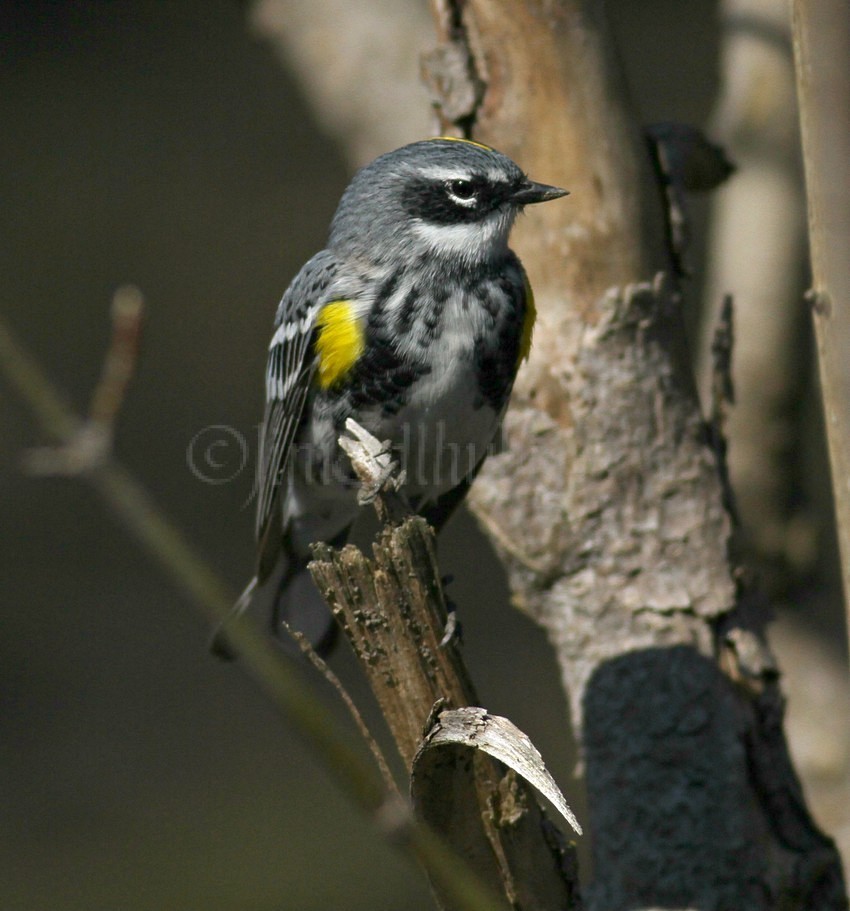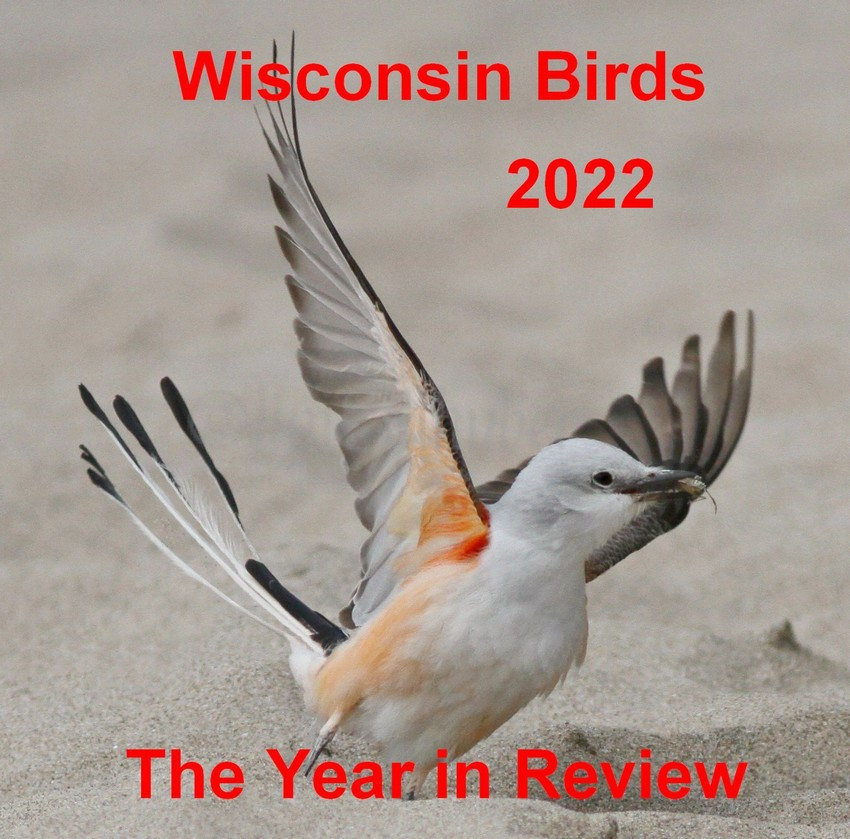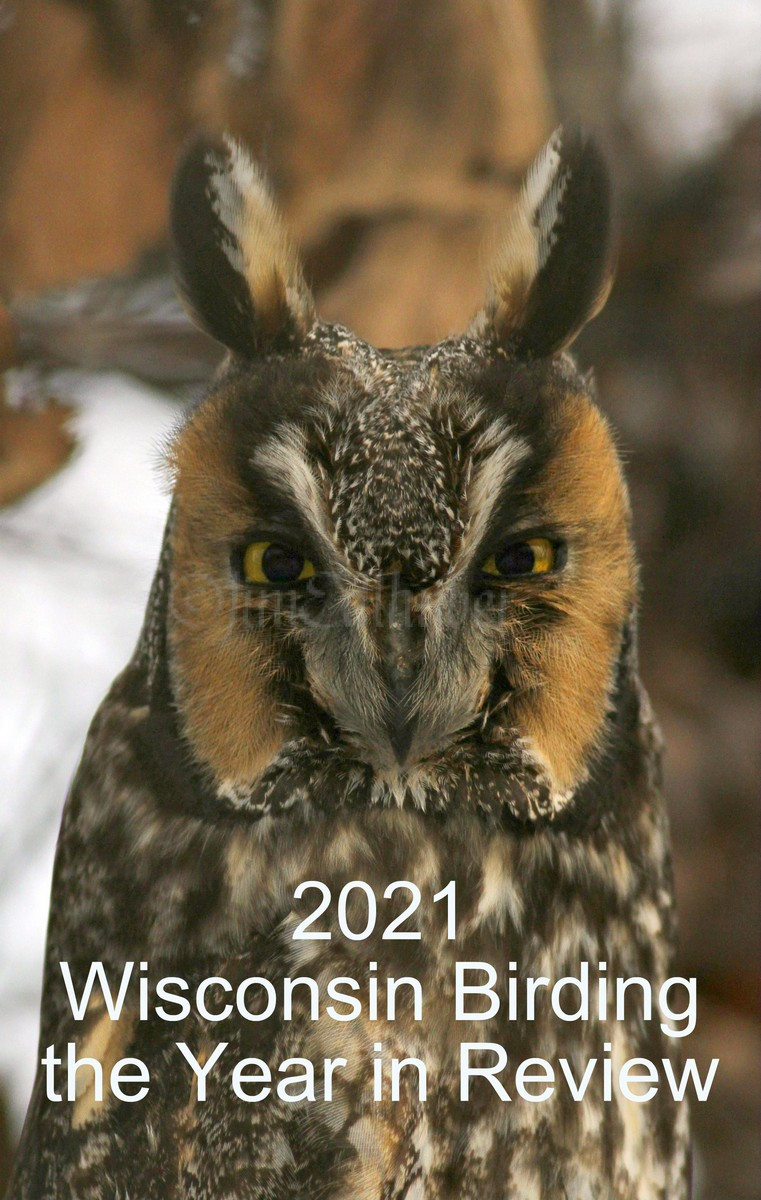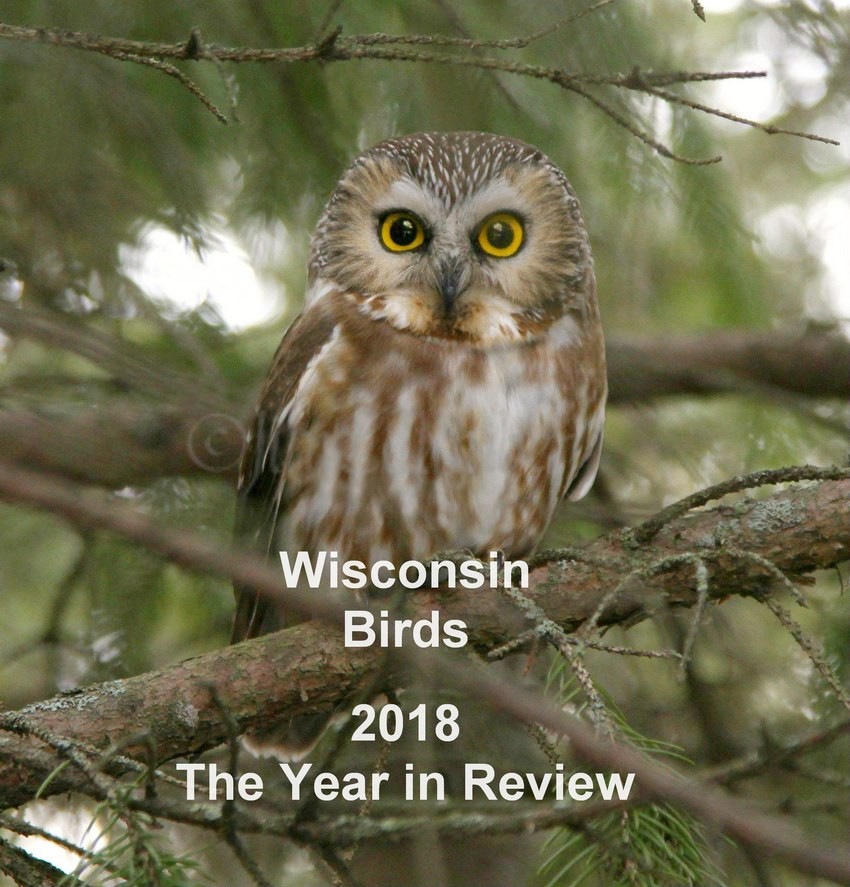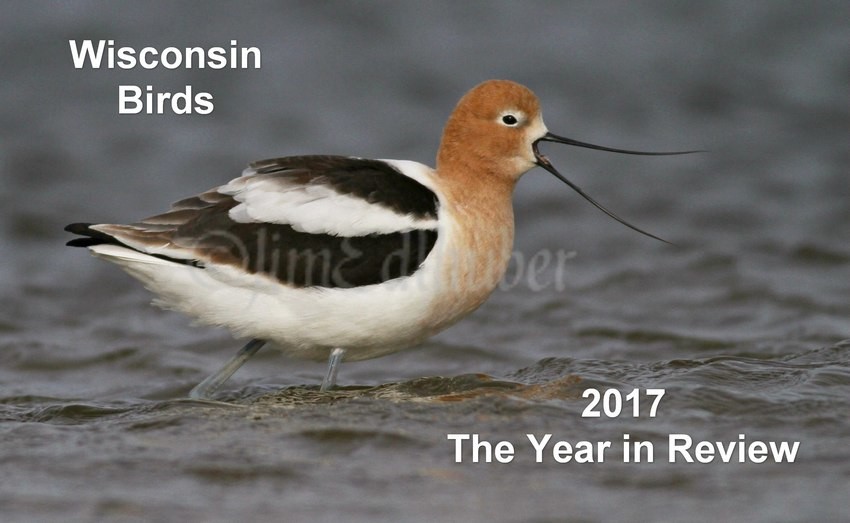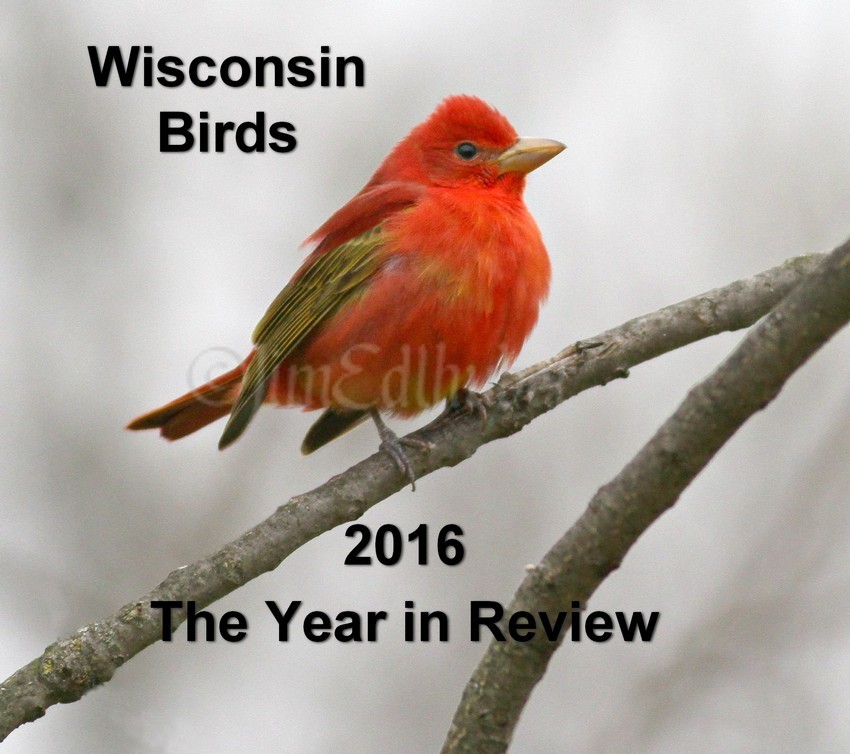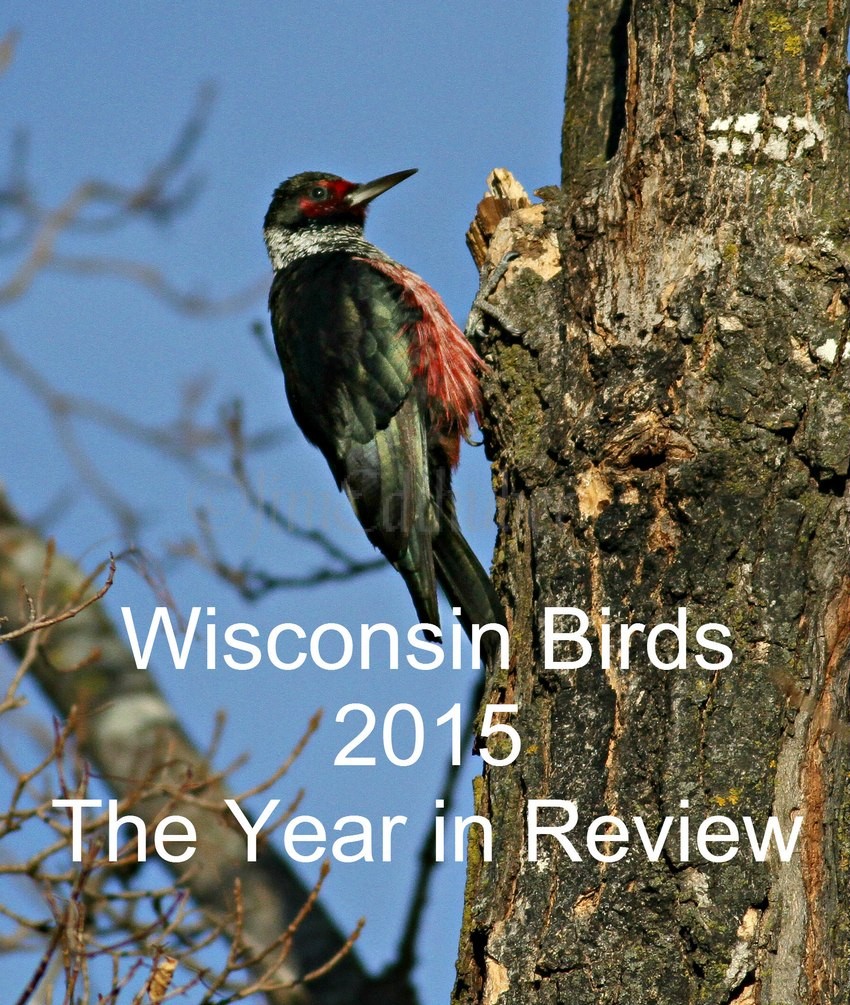
Ruby-crowned Kinglets were in abundance at the Fox River Sanctuary in Waukesha, Wisconsin. It was a 1st for me to be able to see and photograph the striking raised scarlet crown on the Ruby-crowned Kinglet. It only lasted for about 10 seconds. Small insects were thick in the trees hanging over the river and the Ruby-crowned Kinglets just continually moved from tree to tree picking them off. I think the river water temp and the humidity there allows for continued hatching of these insects, probably gnats. It seems typically if these birds are not resting, they are looking for or flying to their next food. Some of the other species present were Yellow, Black-and white, and Yellow-rumped Warblers along with Brown Creepers and Blue-gray Gnatcatchers. Images were taken on April 30, 2014.
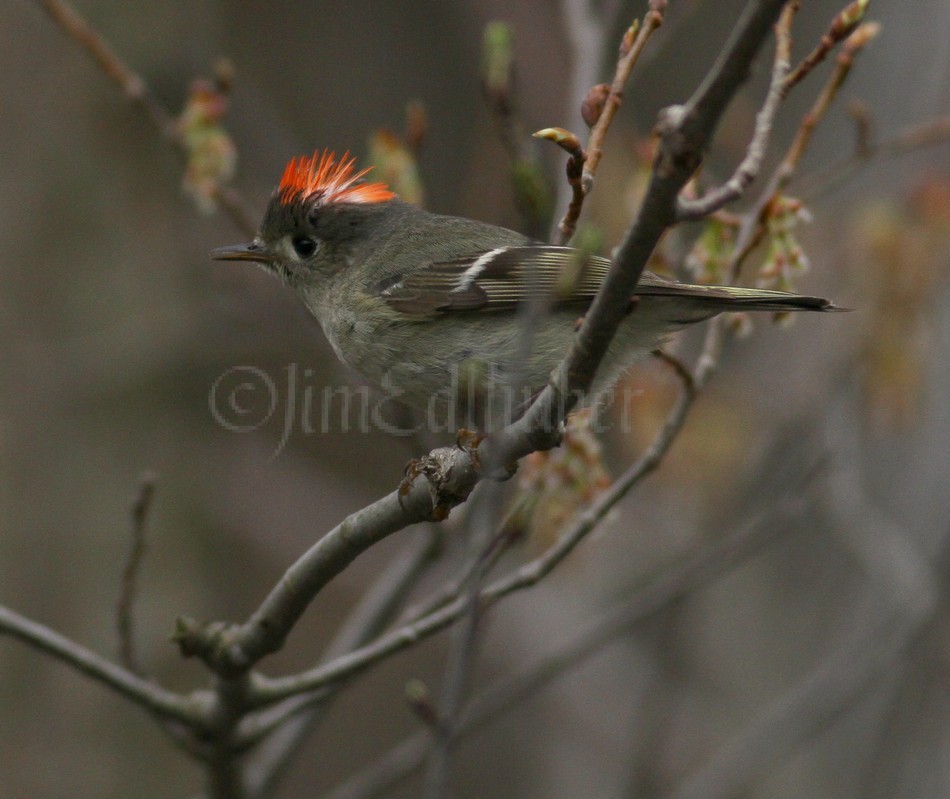
Ruby-crowned Kinglet
Binomial name: Regulus calendula
Category: Kinglets
Size: 4.25” long, 7.5” wing span
Weight: 0.23 Oz.
Habitat: Breeding habitat is spruce, tamarack, and fir trees found in dense conifer forests. During migration they can be found in deciduous trees, bushes, and thickets found in parks, woodlands and along rivers and shores of lakes. Breeding range is northern US, Canada and Alaska.
Diet: Typically they hover in and around twigs and leaves fly catching small insects. Their diet also includes spiders, bark beetles and eggs that are usually found on and around twigs and leaves. Winter they will eat berry parts, sap and seeds.
Nesting: The female picks the location and builds the nest in a period of about 5 days. The location of the nest can be as high as 100 feet off the ground, usually hidden with overhanging foliage and found near the interior of the tree. A globe shape nest is constructed of spider-webs and cocoon silk wrapped around feathers, grasses and mosses. The inside is lined with fir and fine plant material. These materials allow the nest to increase in size as the brood grows and continued maintenance is required. Up to 12 eggs are laid in the nest for 1 brood.
Cool Facts: The male displays the striking scarlet crown when aroused. One of the smallest birds in the US is easily identified by the distinct white eyering and constant wing flickering that they do. Young males look similar to females as they lack the scarlet crown.



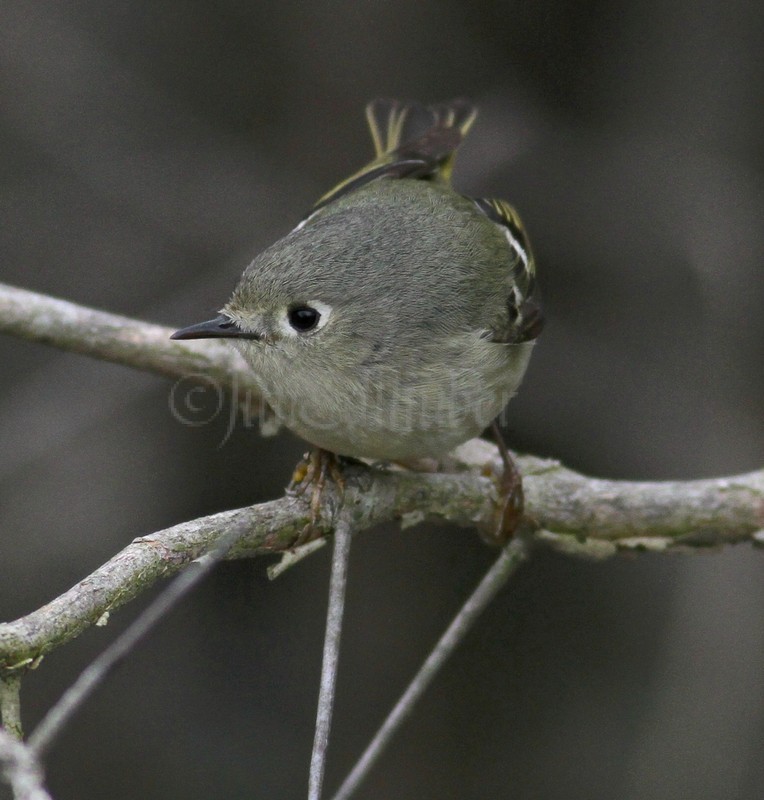
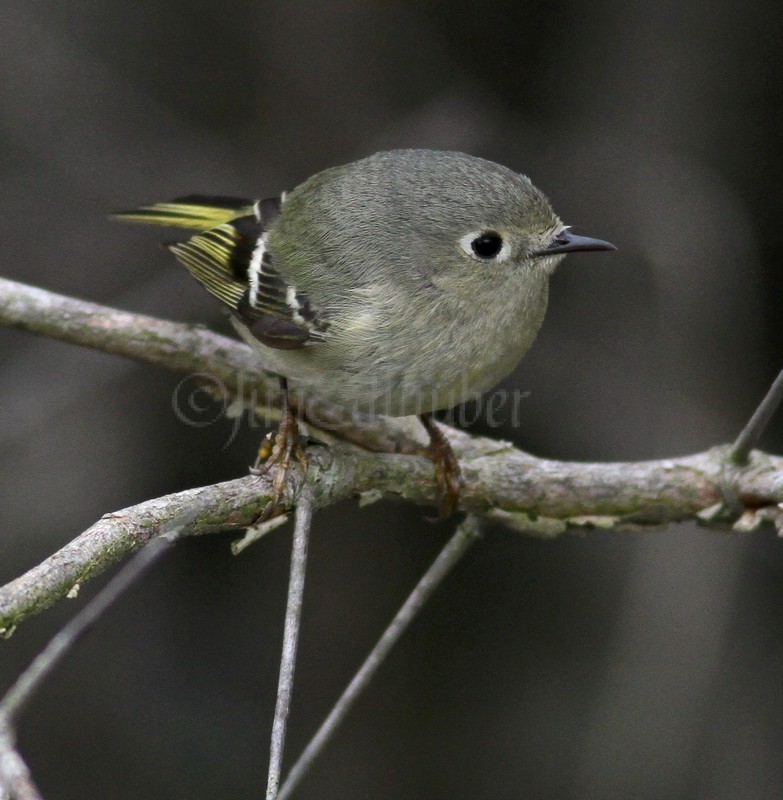
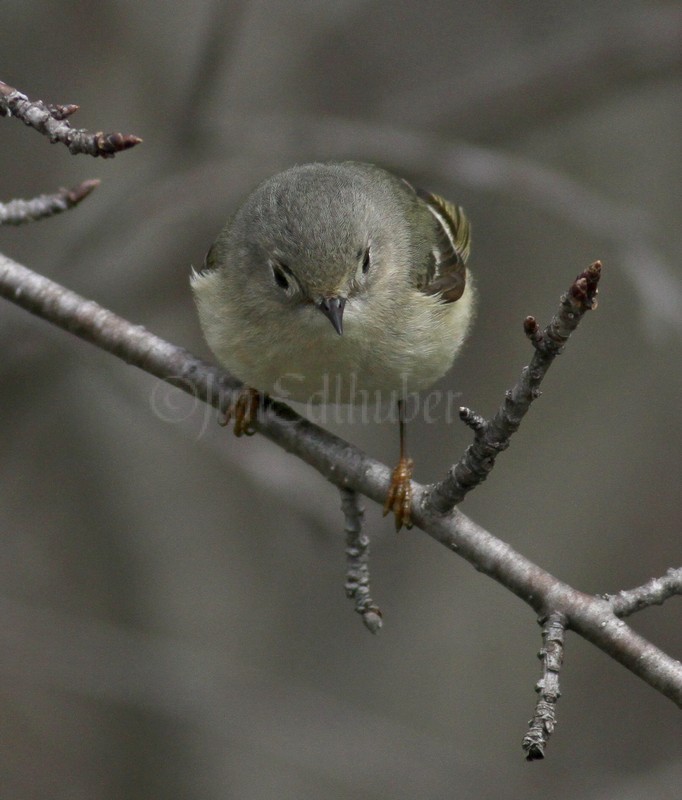
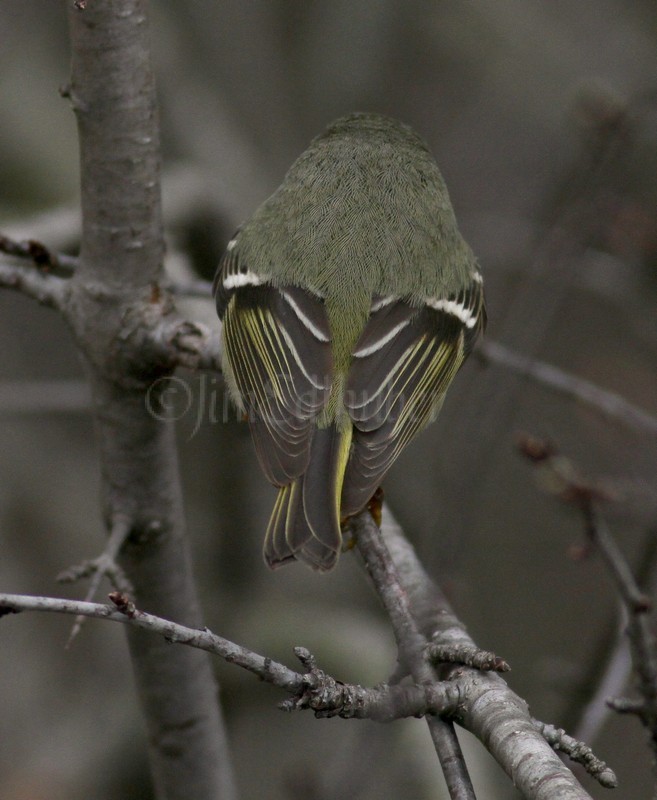
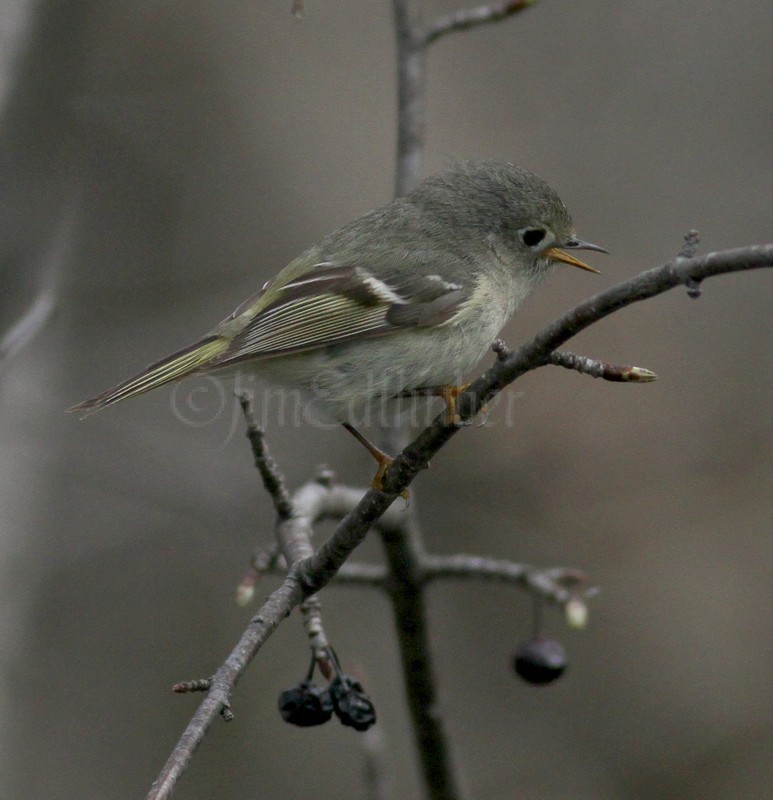

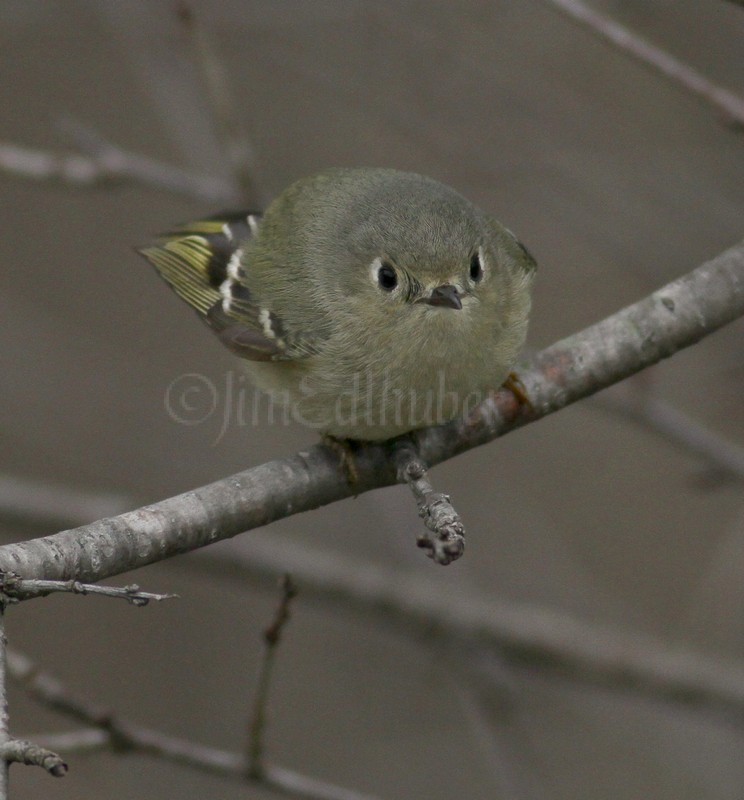
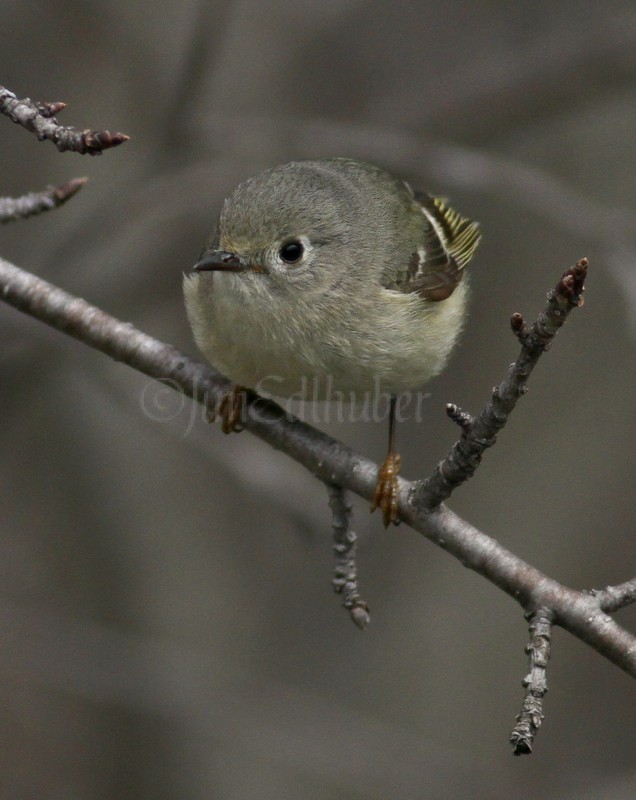
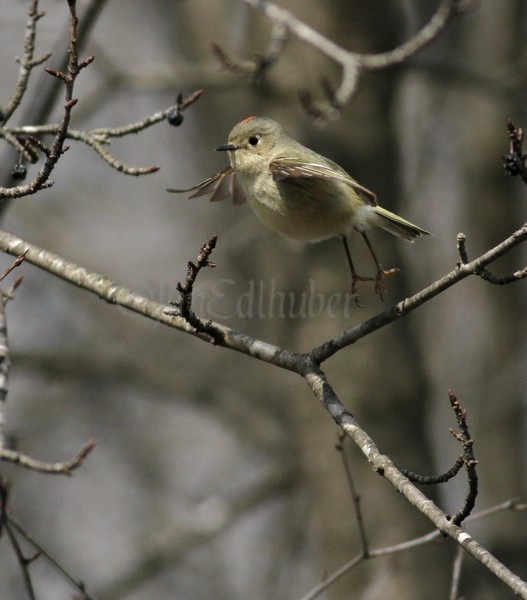
Image taken on April 16, 2014 at the Fox River Sanctuary – male – flying to the insect.
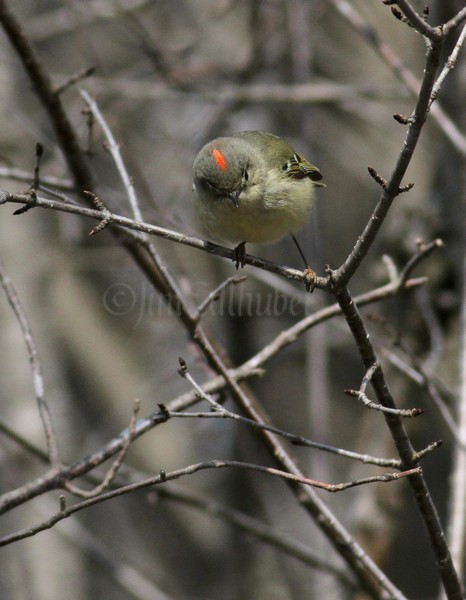
Image taken on April 16, 2014 at the Fox River Sanctuary – male – looking for food.

Image taken on April 16, 2014 at the Fox River Sanctuary – male – looking for food.

Image taken on April 16, 2014 at the Fox River Sanctuary – male – looking for food.

Image taken on April 16, 2014 at the Fox River Sanctuary – male – getting the insect.

Image taken on April 16, 2014 at the Fox River Sanctuary – male – flying for the insect.
